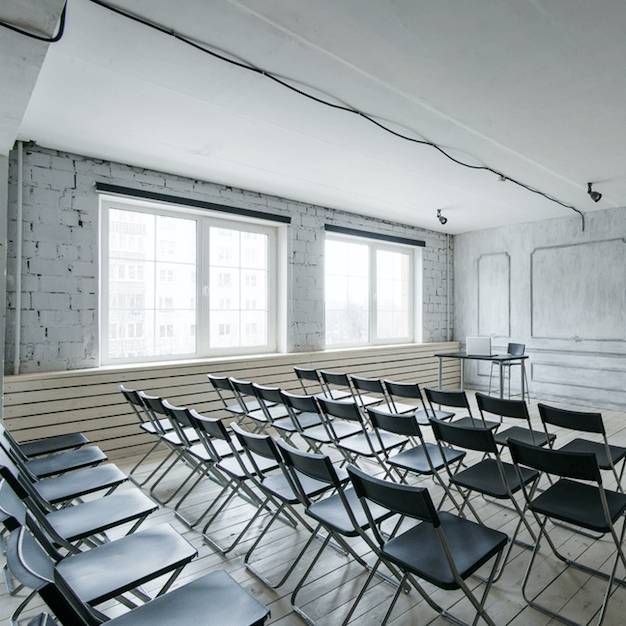Education is important for the development of any child, but it is especially necessary for kids in the juvenile justice system, as many of them grapple with traumatic backgrounds, mental conditions and learning disorders. But recent research is revealing that the quality and accessibility of juvenile justice system education is not making the grade for many detained juveniles.
Entering the system: Access to educational services
When juveniles are first detained, many of them need to be enrolled in schooling as soon as possible, as almost half of them enter facilities at an academic achievement level below the grade equivalent for their age. However, more than 20 percent are not enrolled in school when entering a facility, despite not having completed secondary school.
[postquote]
The types of services to which kids have access when entering the system varies wildly by area and by student grade level. Some juveniles have access to schooling at the facility in which they are detained while some attend local programs. So the curricula, types of schooling and programs are quite different depending on the area.
About 65 percent of residential juvenile justice facilities offer educational services to all youth in custody. Seventy-eight percent offer high school, 73 percent offer middle school, and 46 percent offer elementary school. Sixty-nine percent of facilities offer special education services and 63 percent offer GED preparation, but only 32 percent offer vocational or technical training and 21 percent provide access to postsecondary education.
In the system: Quality of education available
Similarly, the quality of educational services varies significantly by program. While some facilities are hailed for dramatically improving opportunities for participants, many others have been called into question by research in the past decade that reveals a clear lack of positive results.
One of the first prominent studies to question juvenile justice education was a 2006 survey conducted by Dr. Thomas Blomberg and his research team designed to help No Child Left Behind apply to the juvenile system. The survey concluded that “the quality of juvenile justice schools throughout the United States historically has been uneven and inferior to that of public schools.”
More recently, a 2014 study by the Southern Education Foundation concluded that most people in the system receive inadequate education as shown through records of low academic progress. The study found that less than half of kids earned high school credits while detained, only a quarter enrolled in a local school district, 9 percent between 16-and-21 years old earned a GED or high school diploma, and 2 percent enrolled in secondary education.
Reasons for the lack of quality
There are a slew of possible reasons for the inferior educational services in the system.
For one, most juvenile justice schools do not match curricula to public schools, adhere to approved curricula in general, or use input from individual student learning plans to build their curriculums.
Next, many programs in the system fail to assess educational quality at any point. One survey found that as many as a quarter of juvenile justice schools were not using student assessments to measure teaching and learning, and others found that schools were not using their student assessments to improve anything.
Though a huge proportion of juveniles in the system test positively for learning disorders, many schools fail to screen for these disorders, and the ones that do often fail to provide adequate services to those who test positively. One survey found that though almost a third of all students tested positively for learning disabilities, only 22 percent of these students reported receiving special education services.
Takeaway
It is difficult to ignore research that clearly shows the discrepancies between public education and education for detained juveniles.
This is a huge problem, not just because kids in the system need education just as much as those outside, but because they likely need it more due to having special needs from traumatic and unstable backgrounds.
It is time for education in the system to be reformed to fit the needs of this nation’s incarcerated children. Programs that do work need to be more widely implemented, and programs that show poor results need to be assessed and changed.
Have something to add to this story? Comment below or join the discussion on Facebook.
Header image: Shutterstock









































